Information on this page is for customers in
{{ town-name }}
Plants That Attract Pollinators
If you're looking for plants that are safe to plant near power lines with added environmental benefits, consider one that attracts pollinators.
More than 80 percent of all flowering plants on the earth need help with pollination. Bees, birds, bats, butterflies, moths, small mammals and more are pollinators. They help plants reproduce and provide food, clean air, purified water and soil.
Creeping Phlox
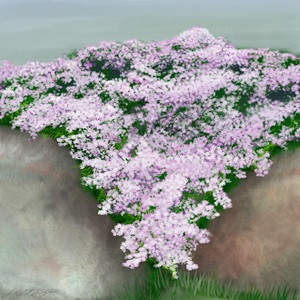
Beautiful flowering plant that spreads quickly, attracts butterflies and other insect pollinators.
Joe Pye Weed
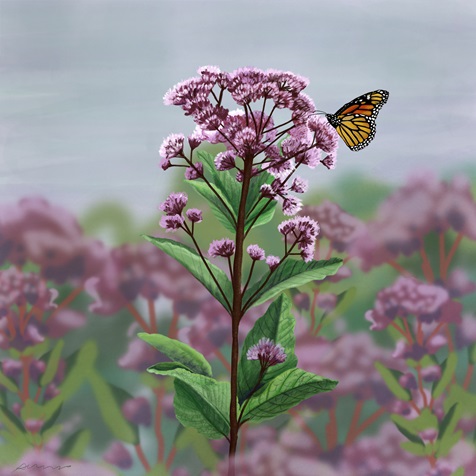
Hardy, remains attractive through the winter thanks to ornamental seed heads that also provide food for birds.
Cone Flower
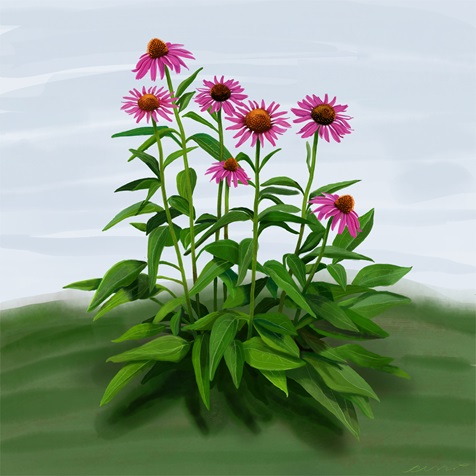
Long-blooming, lavender flower. Attracts goldfinches and other birds that feast on the seeds.
Green Milkweed
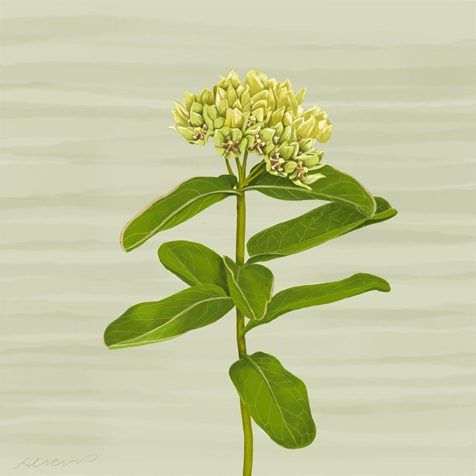
Drought tolerant, provides nectar for many butterflies and important food source for monarch caterpillars.
Whorled Milkweed
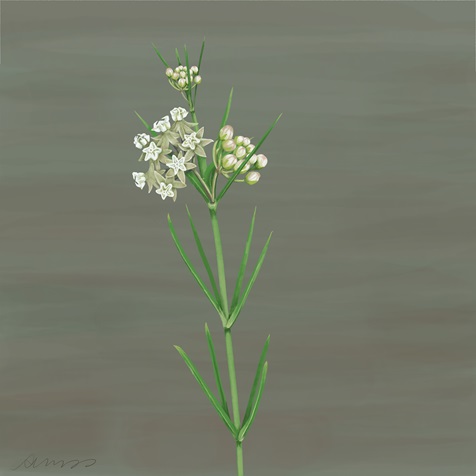
Attracts native bees and hummingbirds, essential to Monarch butterflies for survival.
Purple Milkweed
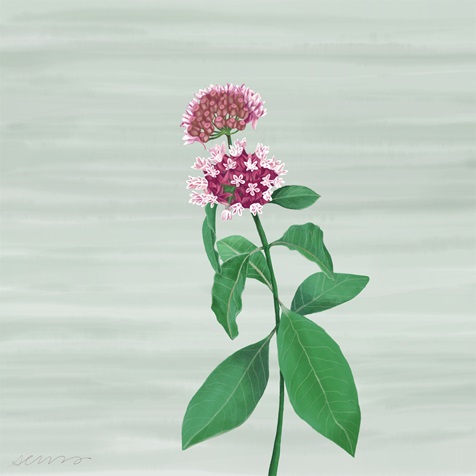
Drought tolerant, food source for monarch caterpillars.
Common Milkweed
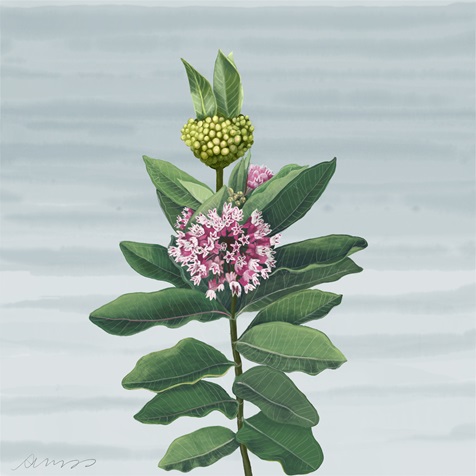
Known to attract Monarch Butterflies.
Yarrow
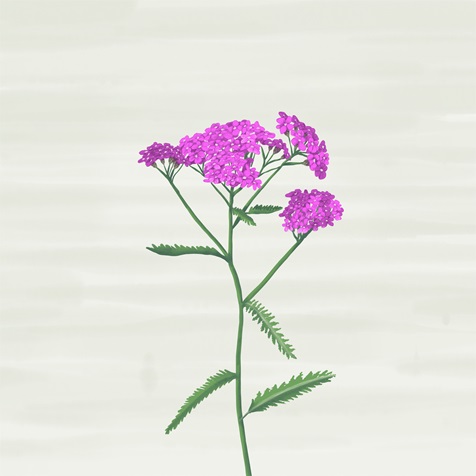
Sweet scent, used by birds to line their nests.
Heath Aster
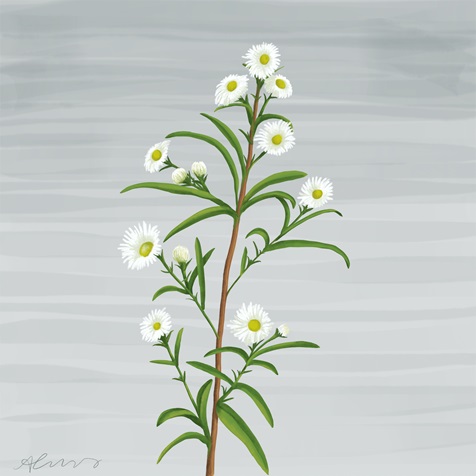
Drought tolerant, attracts butterflies.
Peony
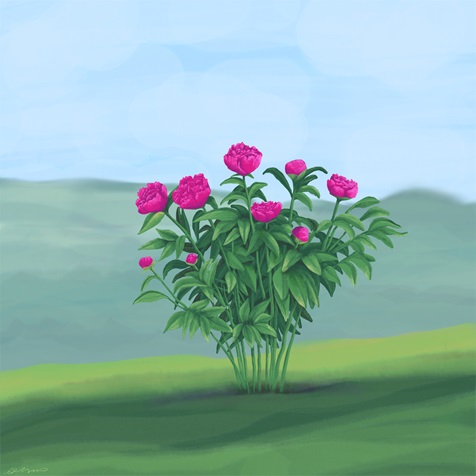
Late-blooming, fragrant, pink flowers, attracts butterflies.
Rough Goldenrod
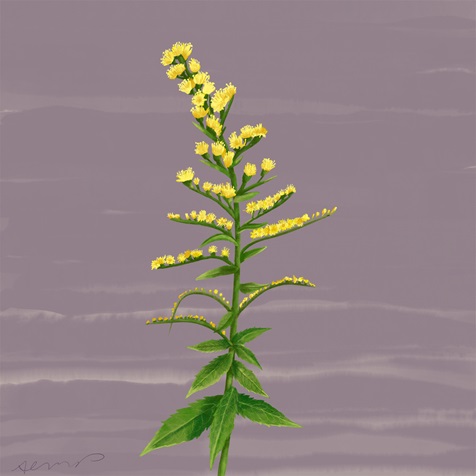
Yellow flowers in the fall, attracts birds and honeybees.
Crabapple
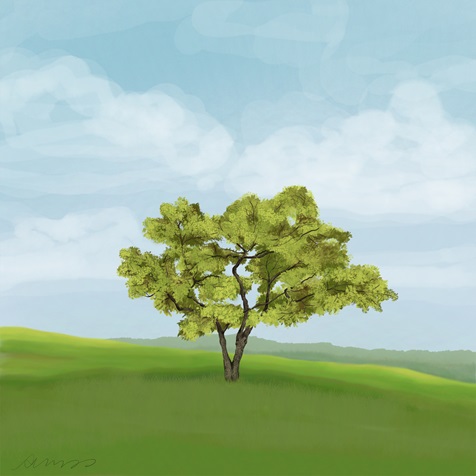
Hardy tree that is drought tolerant, showy spring flowers.
Star Magnolia
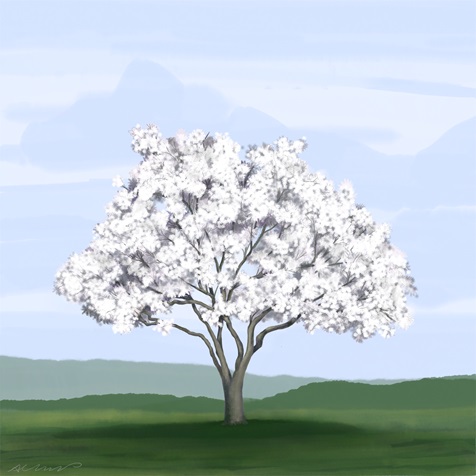
Fragrant, star-shaped, white flowers.
Three Flower Maple
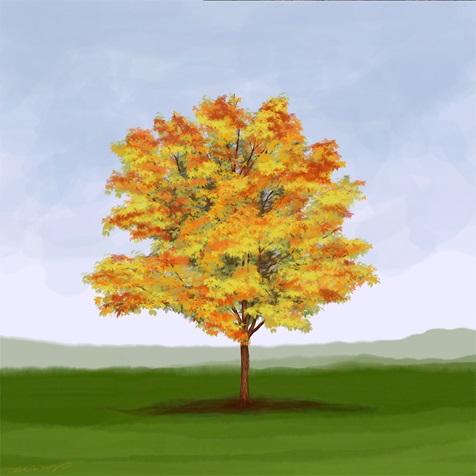
Yellowish-green flowers that bloom in the spring.
Korean Maple
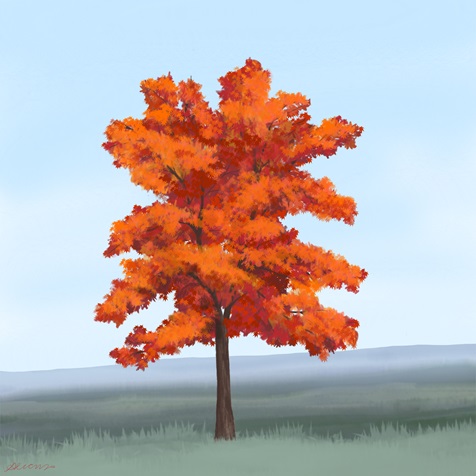
Cold tolerant, attractive fall color.
Paperbark Maple
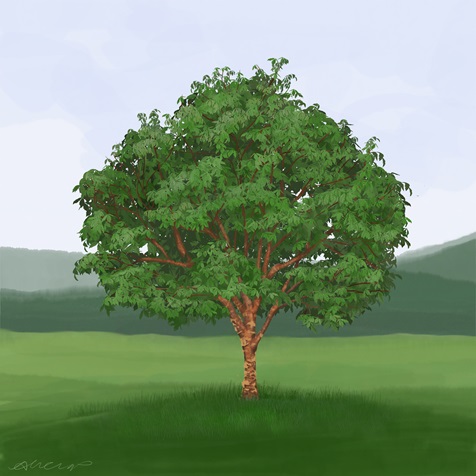
Peeling, copper-orange to reddish-brown bark.
Japanese Maple
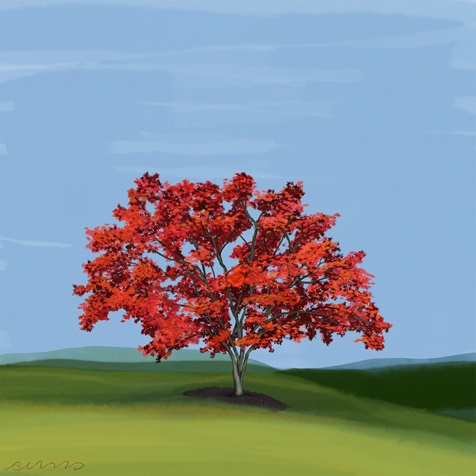
Easy to plant and require little pruning.
Kousa Dogwood
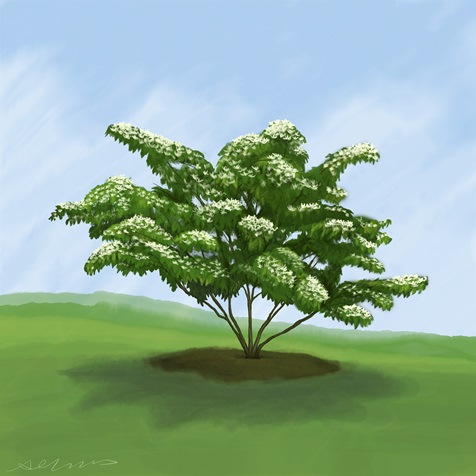
Yellowish-green flowers in late spring, followed by pinkish red, berry-like fruits that provide a food source for birds.
Flowering Dogwood
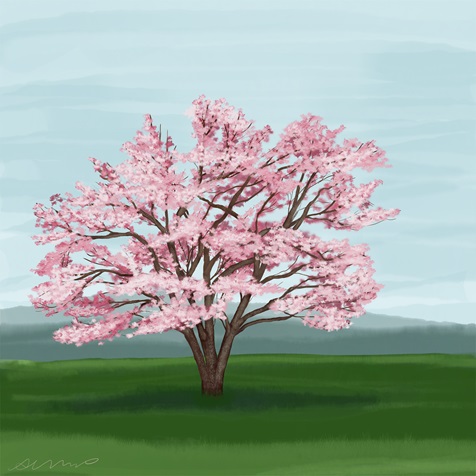
Beautiful, native flowering tree, bright red fruits are a favorite food source of birds.
Redbud
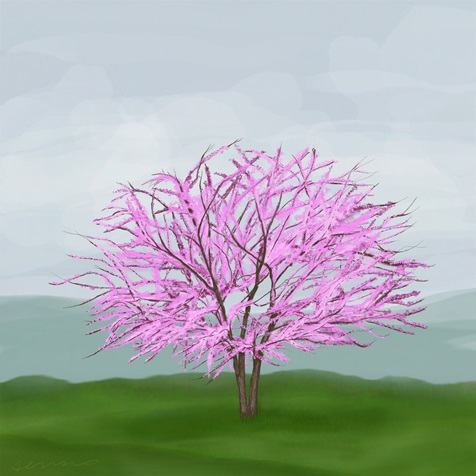
Known for its beautiful, rose-purple flowers.
Blackhaw Viburnum
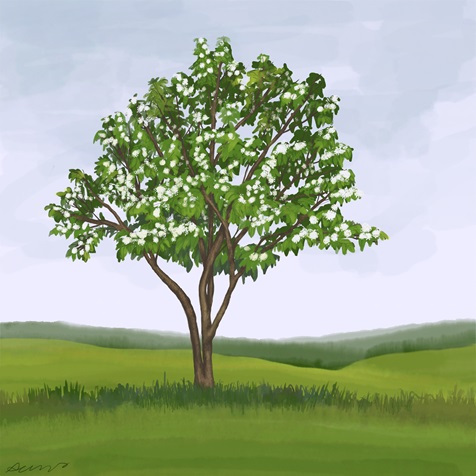
White spring flowers, berries attract birds and other wildlife.
Pinxterbloom Azalea
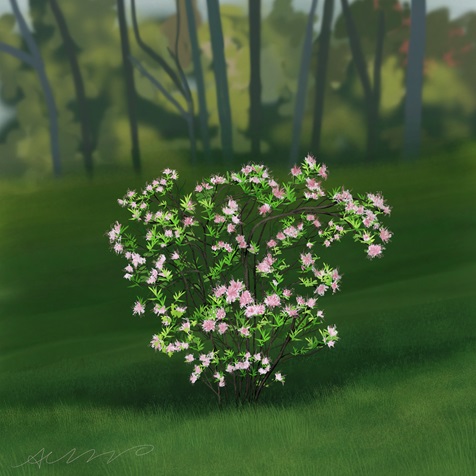
Soft pink to white and lavender, fragrant flowers, attracts hummingbirds and butterflies.
Mapleleaf Viburnum
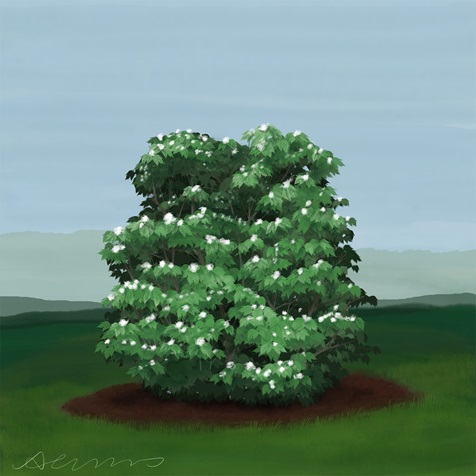
Woodland shrub, tiny white flowers bloom in late spring, pea-sized, bluish-black fruit attract birds and butterflies.
Fringetree
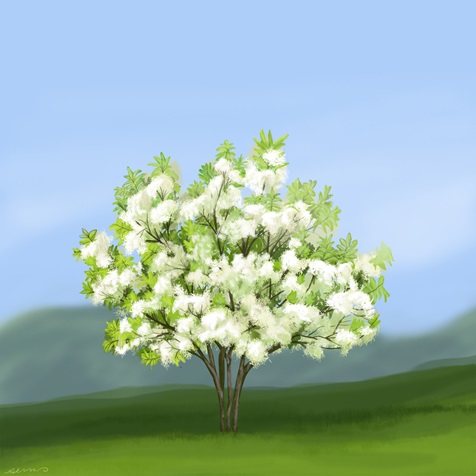
Fragrant, creamy white flowers that bloom in the spring, olive-like fruits provide a food source for birds and other wildlife.
Serviceberry
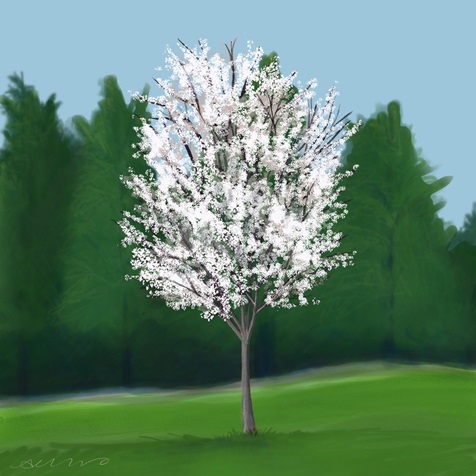
Fragrant, white flowers, edible berries in early summer used for jams and pies.
Panicle Hydrangea
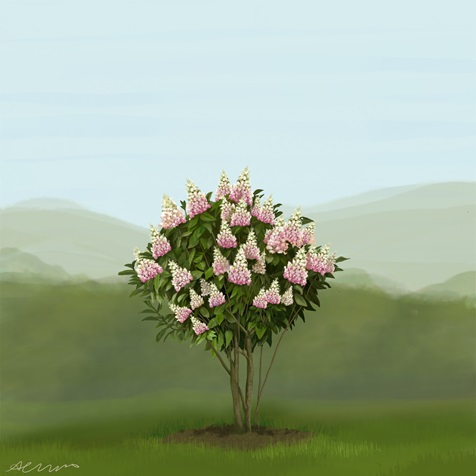
Conical white flowers, can be pruned into a beautiful tree shape.
Spirea
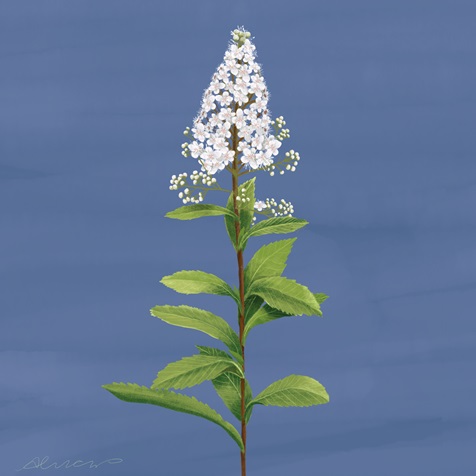
Low maintenance, pretty fall color, attracts butterflies.
Corneliancherry Dogwood
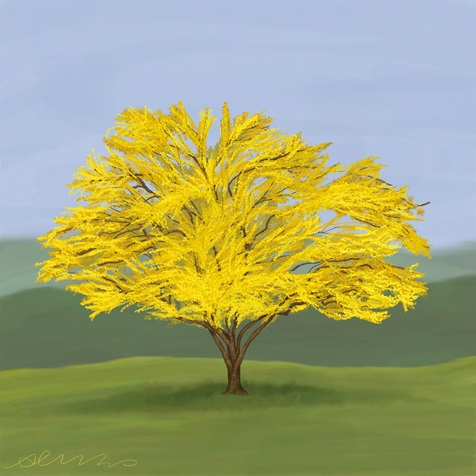
Scaly bark, yellow flowers bloom in early spring, cherry-like fruits.
Gray
Dogwood
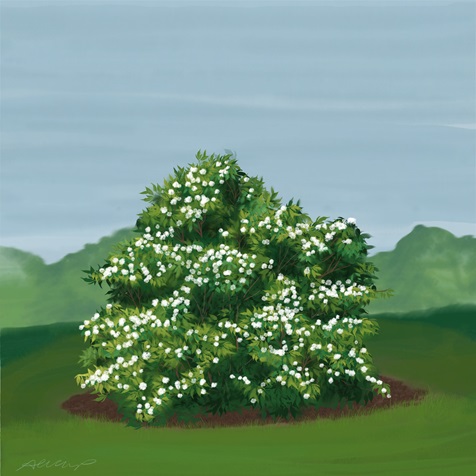
White flowers in late spring and purplish red foliage in the fall.
Little Bluestem Grass
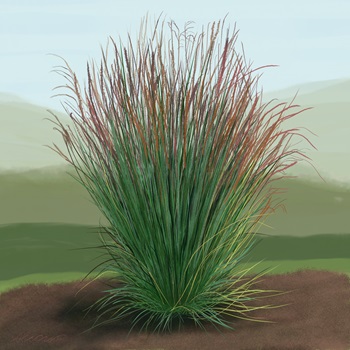
Provides an important source of food for birds through the winter.